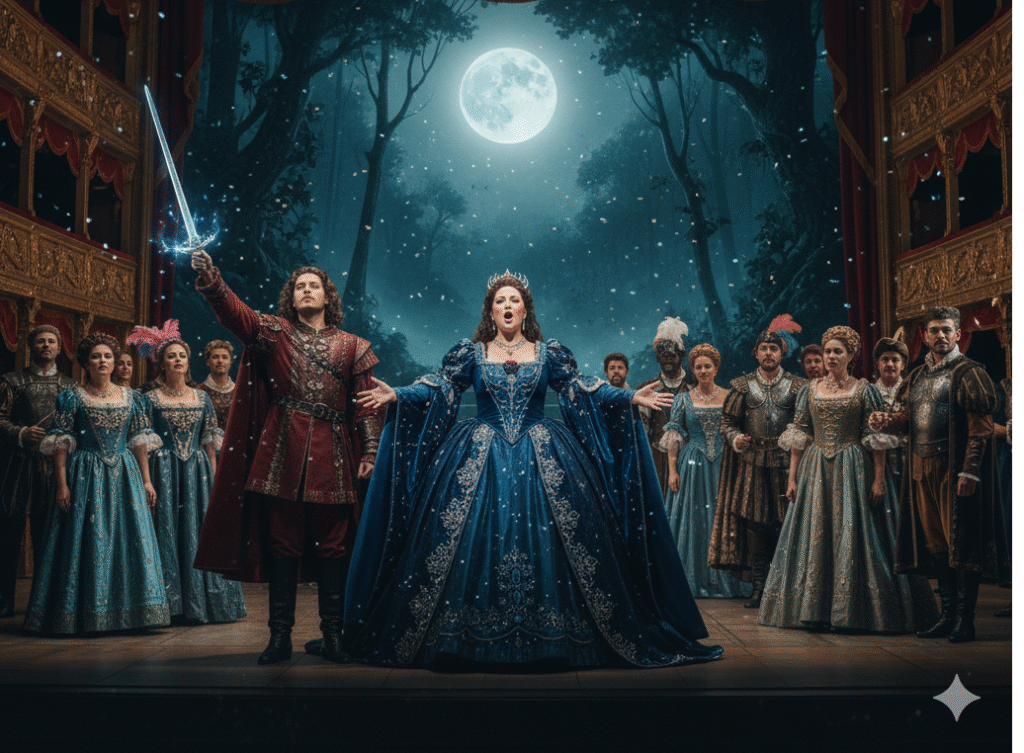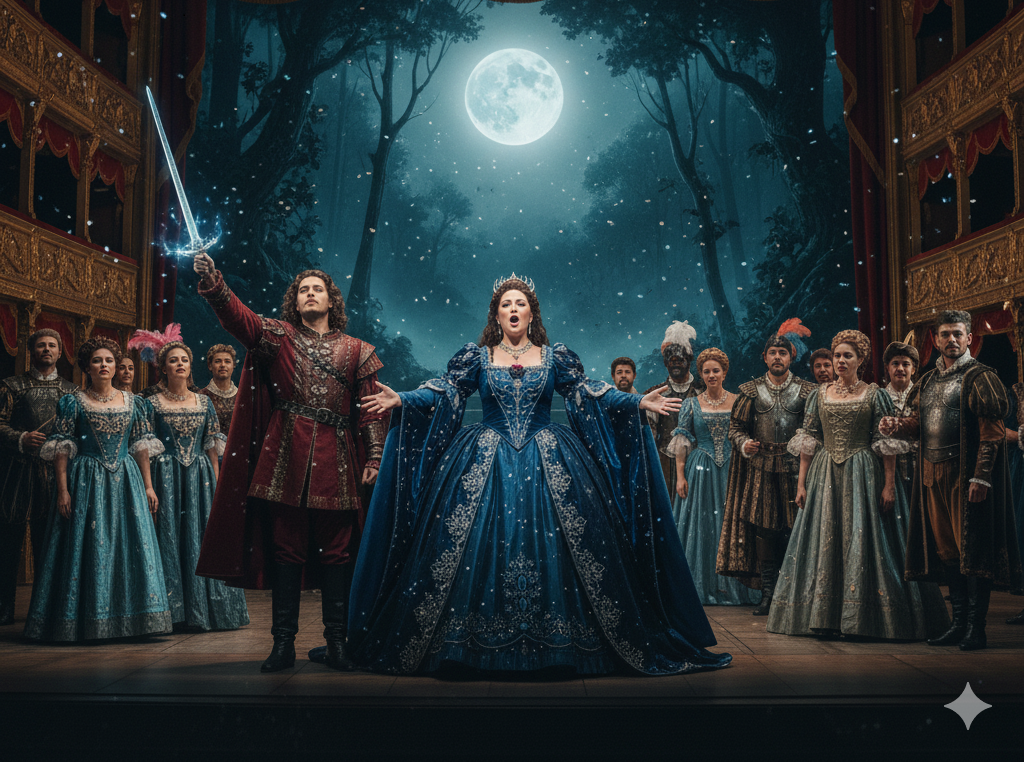Rome, the eternal city of art and culture, treasures in its theaters and historic venues an operatic tradition that has given birth to some of the most memorable opera Rome costumes in the history of melodrama. From the sumptuous garments of the Teatro dell’Opera to the intimate performances at Palazzo Poli, the costumes of opera lirica Rome represent an invaluable artistic heritage that continues to fascinate audiences and critics alike.
The Rome Opera House preserves a precious treasure in its costume archive. Among the most iconic pieces are Callas’s gowns from Norma, Tebaldi’s from Tosca, Scotto’s from Madama Butterfly, and Del Monaco’s from Otello. These costumes, some worth 3-4 thousand euros, represent not only economic value but above all historical testimonies of legendary interpretations.
Among all the costumes preserved in Rome, the one worn by Maria Callas in the role of Norma remains one of the most iconic. The long draped dress, inspired by Celtic priestess attire, with its essential yet majestic lines, helped create the immortal image of La Divina in one of her most celebrated roles.
Tebaldi’s costumes for Tosca represent the essence of Roman elegance. The famous second-act gown, with its rich brocades and golden decorations, perfectly embodied the aristocratic spirit of Floria Tosca, a successful singer in papal Rome.

Over the decades, Rome has witnessed the evolution of style and conception in operatic costume design. From the traditional productions of the 1950s and 1960s, characterized by sumptuous garments and faithful historical reconstructions, the scene has evolved toward more modern and innovative interpretations, while always maintaining the elegance and refinement that distinguish opera lirica Rome.
Even contemporary productions continue to create costumes destined to become iconic. Modern costume designers reinterpret classics with innovative materials and cutting-edge techniques, while always maintaining that sense of theatricality and grandeur that characterizes opera lirica Rome.
Visiting Rome also means immersing oneself in this extraordinary costume-sartorial heritage. Opera Rome costumes are not simply stage garments, but true works of art that embody the magic of musical theater, preserving in every fold and embroidery the memory of legendary voices and unforgettable interpretations.


